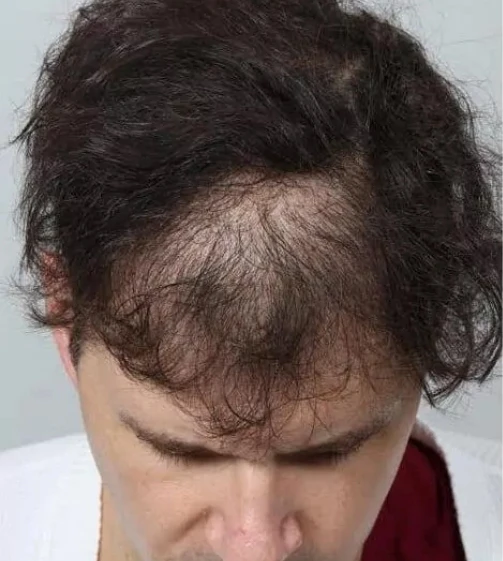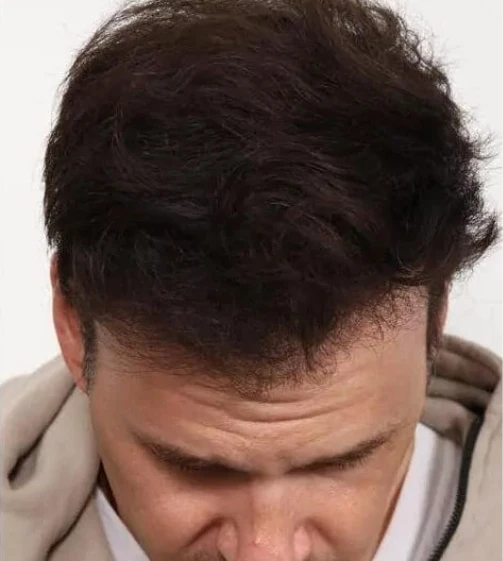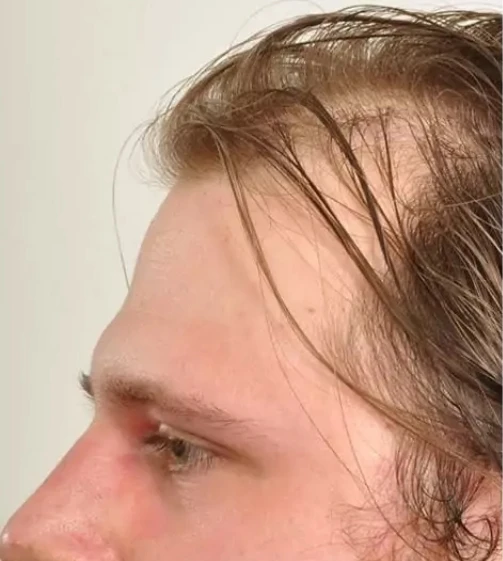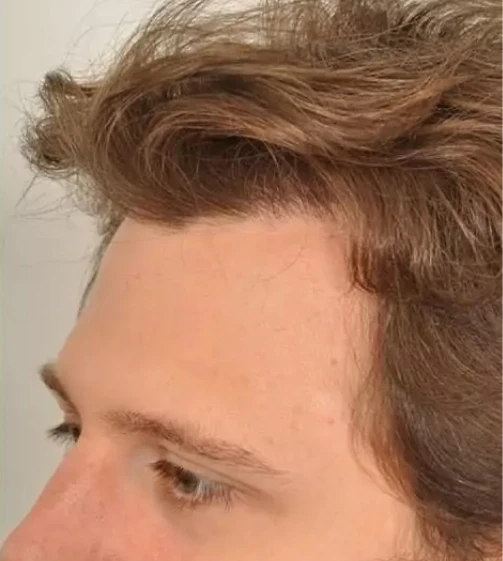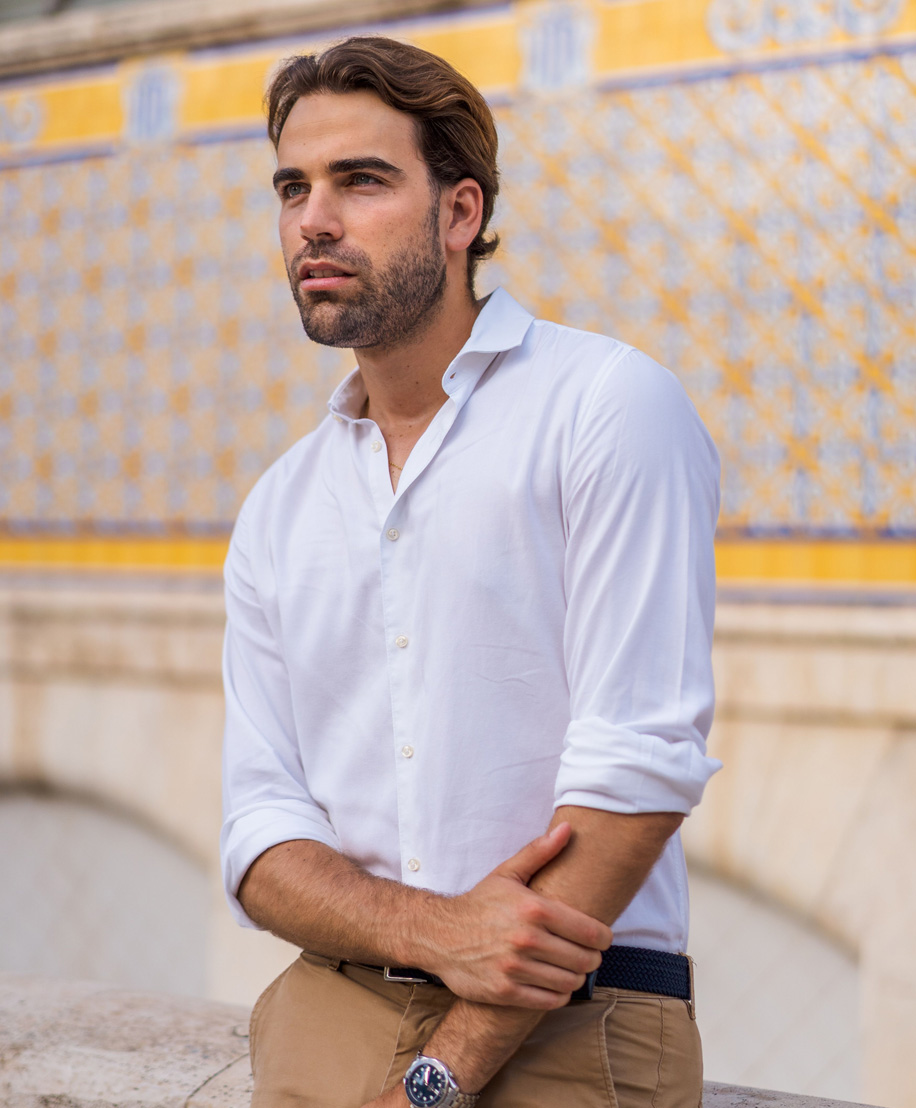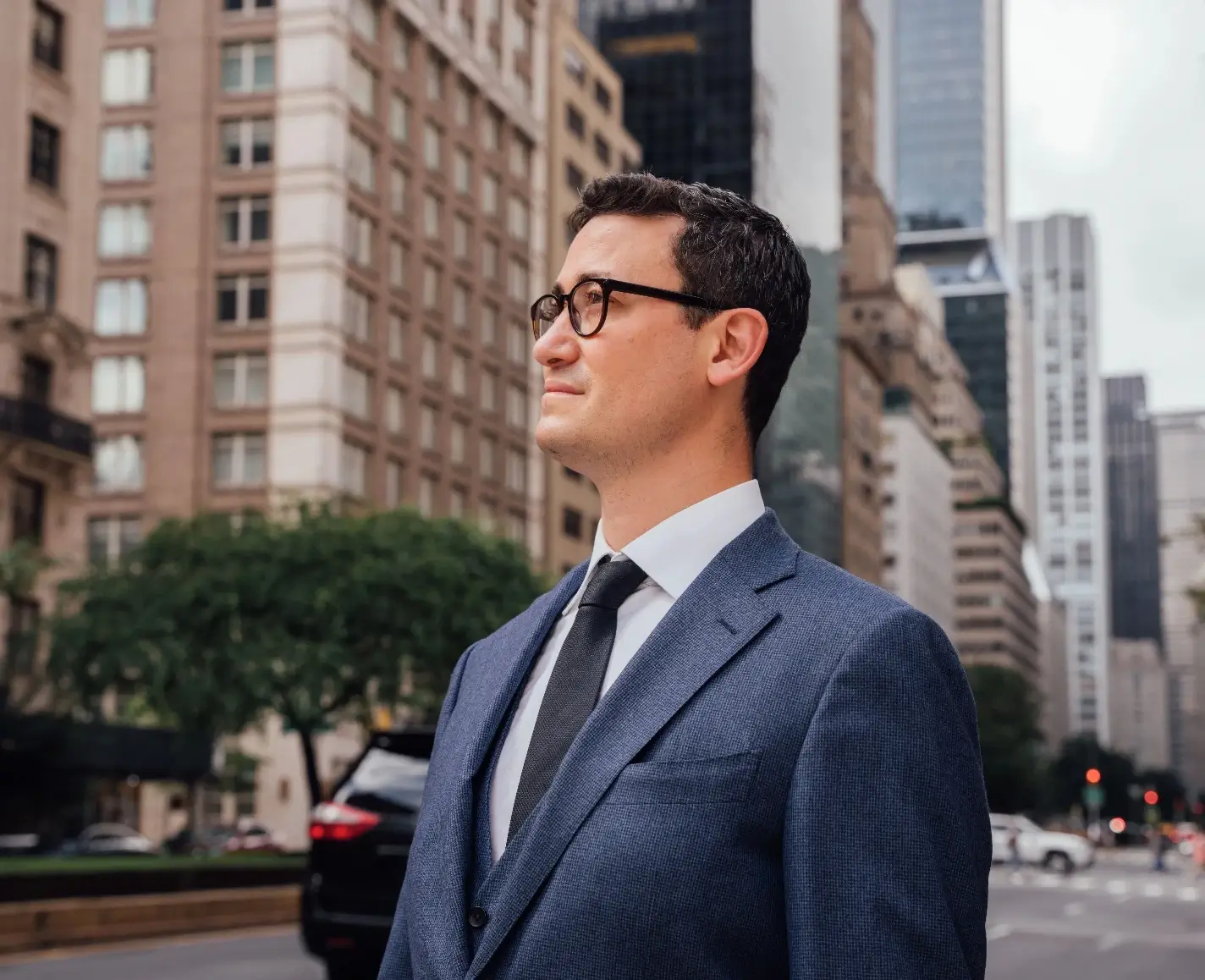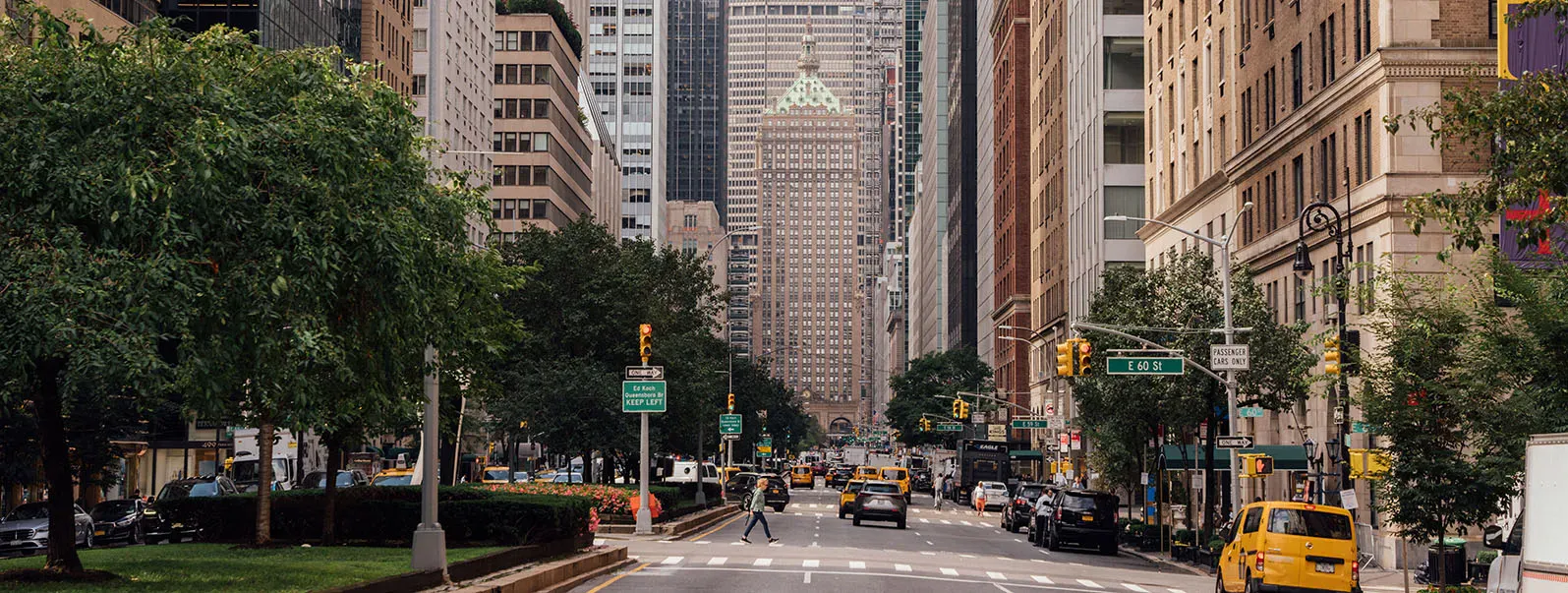The number of appointments required for a FUT Hair Transplant can vary depending on several factors, including the extent of your hair loss, the desired results, and the specific treatment plan developed by Dr. Ben Paul in New York City. Typically, the process involves the following appointments:
Consultation: The initial consultation is where you discuss your hair restoration goals with Dr. Paul. He will evaluate your condition, hair loss pattern, donor hair availability, and overall candidacy for the procedure. During this visit, you can ask questions, address concerns, and create a personalized treatment plan.
Pre-Operative Appointment: Before the transplant, you may have a pre-operative appointment to prepare for the procedure. This may involve discussing pre-operative instructions, reviewing medical history, and ensuring you are ready for the surgery.
FUT Procedure: The FUT hair transplant is typically done in a single session, although pervasive cases might require multiple sessions on different days.
Follow-Up Appointments: After the procedure, you’ll have follow-up appointments to monitor your progress, remove any sutures, and ensure the transplanted hair follicles are healing properly.

